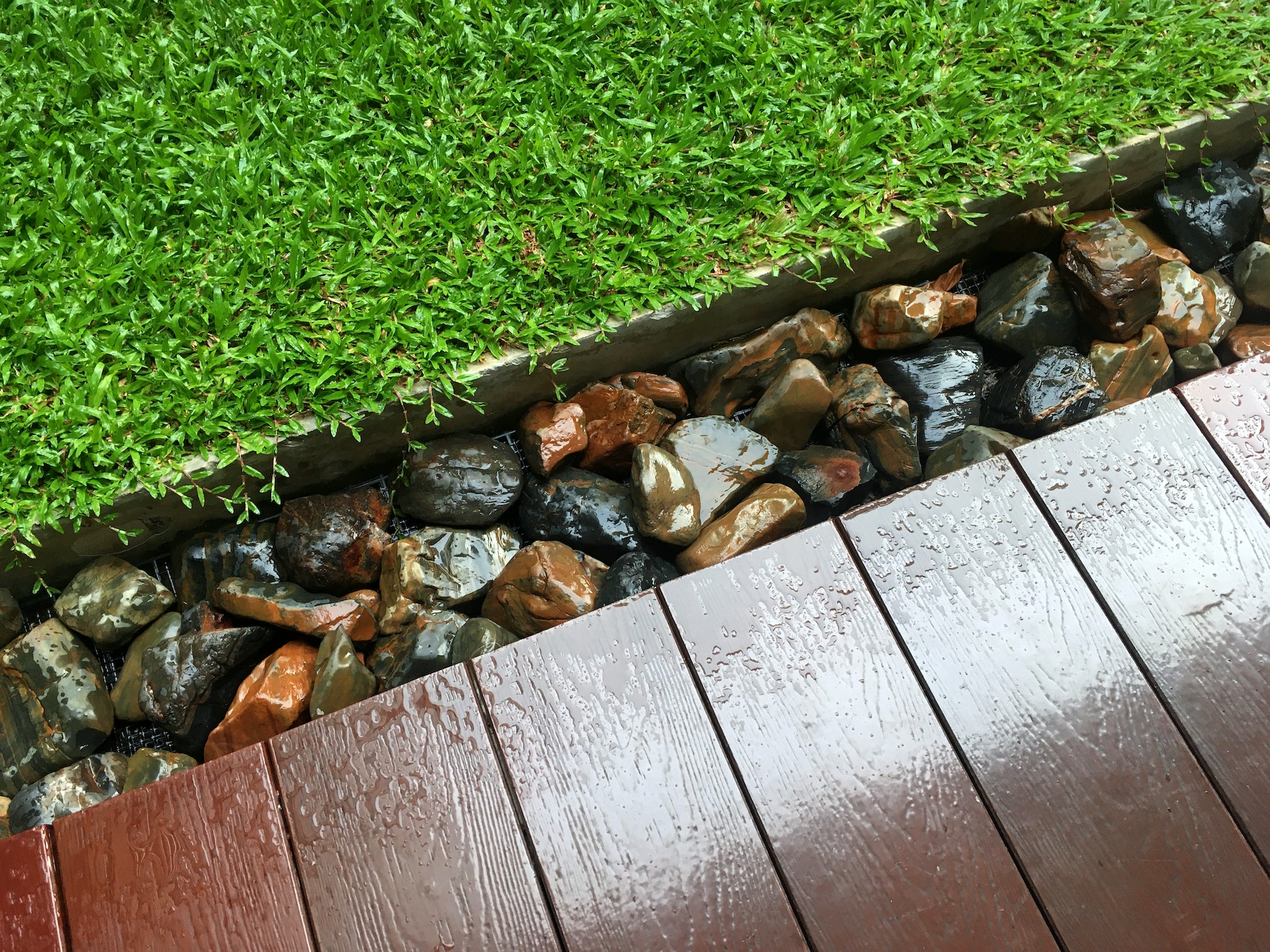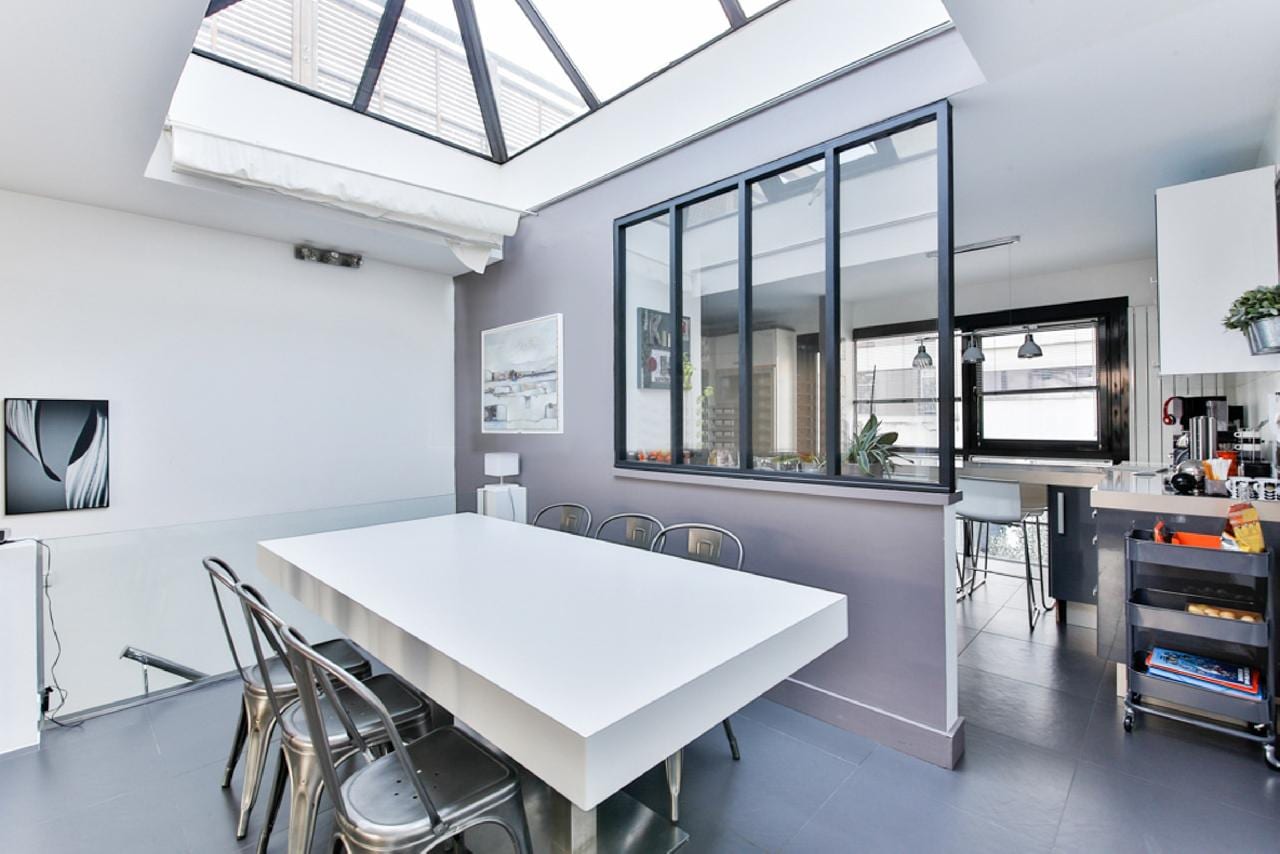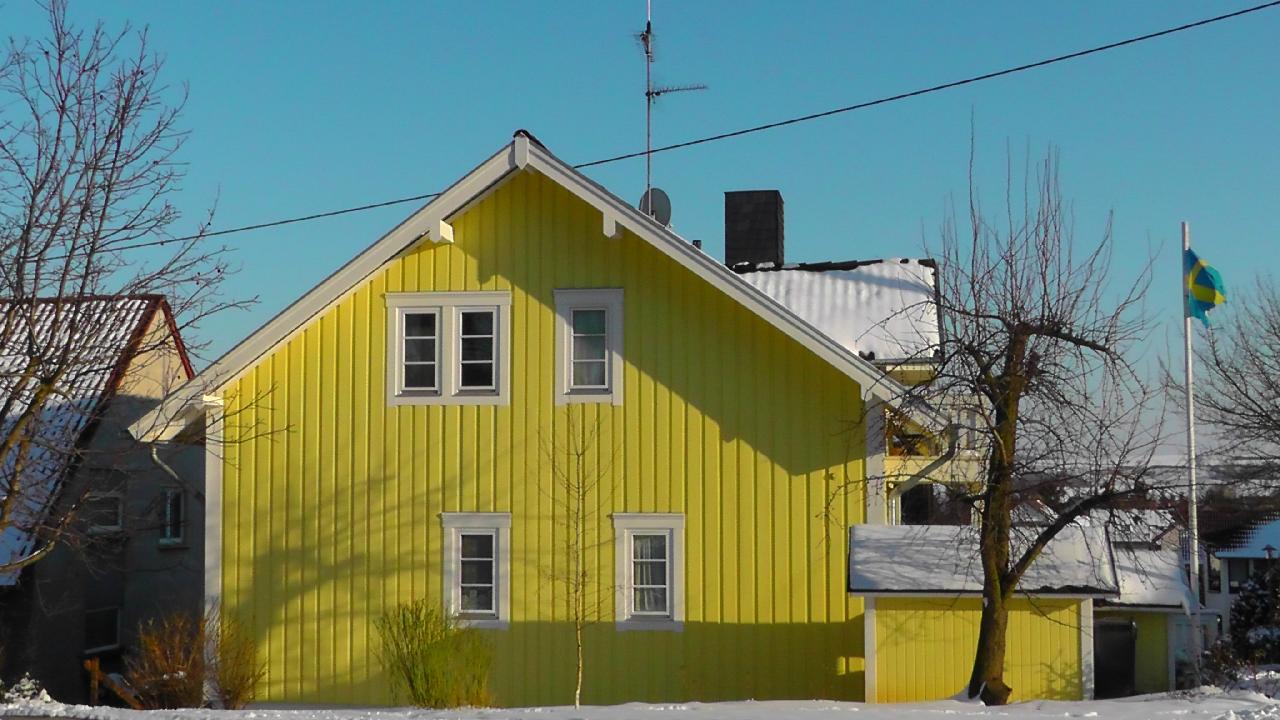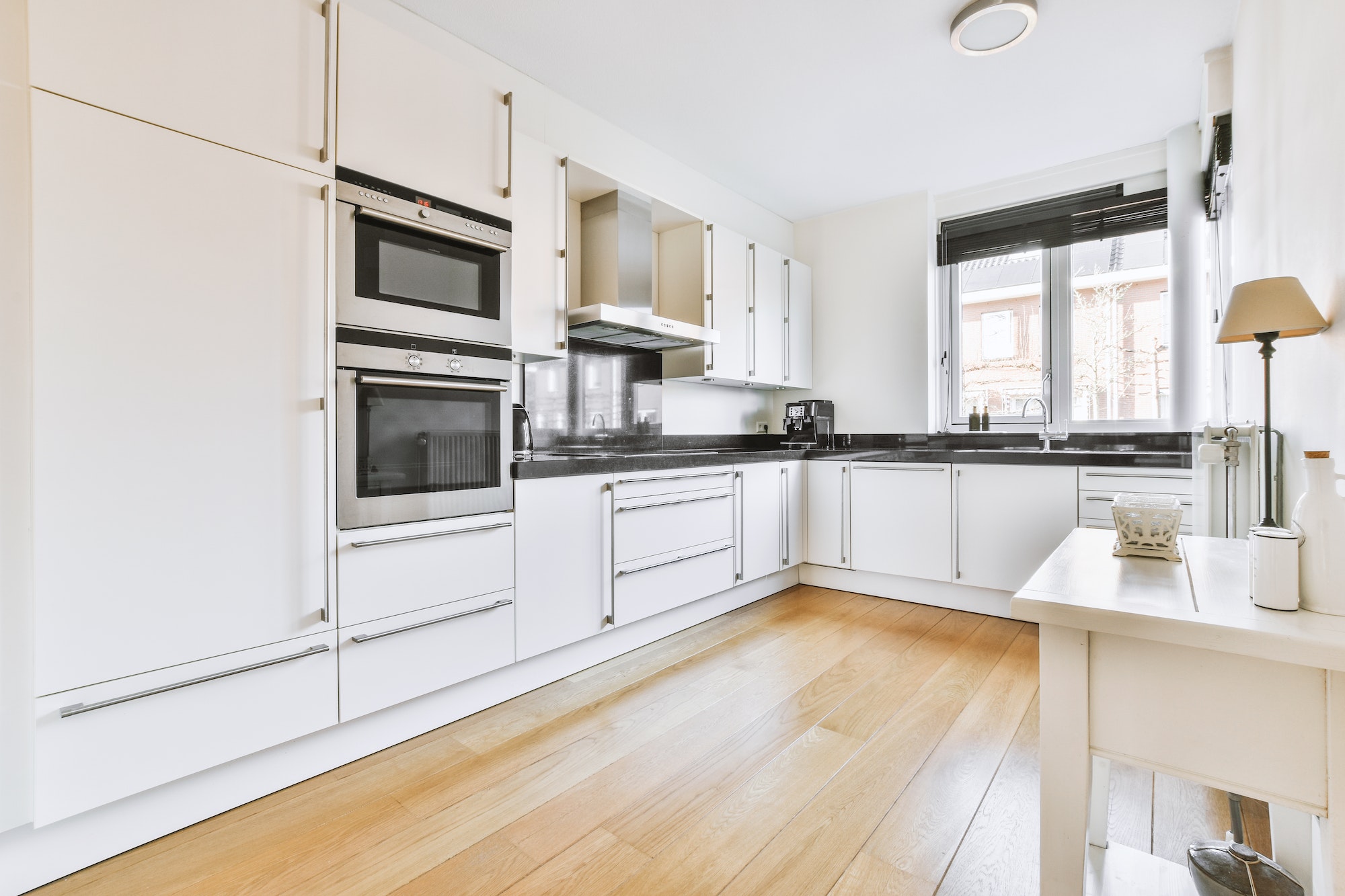The architectural world is undergoing a profound transformation as sustainability becomes a focal point in design. Concurrently, landscaping and lawn edging have started to mirror this trend, with eco-friendly options now being favored. This synergy between sustainable architecture and lawn edging has the potential to redefine our built environments.
The Push for Sustainable Architecture
The 21st century has seen a significant shift towards sustainable architecture, with architects now prioritizing materials and designs that have a minimal environmental footprint. This push arises from:
- Awareness of Climate Change: The need to reduce carbon footprints.
- Resource Scarcity: The importance of using renewable or recycled materials.
- Holistic Health: Designing spaces that promote well-being and integrate with the natural environment.
Eco-friendly Lawn Edging: An Overview
Eco-friendly lawn edging has made strides in the landscaping world. Some sustainable options include:
- Recycled Plastics: Using reclaimed plastic reduces waste and provides a durable edging solution.
- Natural Stones: Local sourcing can reduce transport emissions, and these stones often blend seamlessly into the natural environment.
- Living Edges: Using plants like ground covers or grasses to demarcate boundaries.
- Reclaimed Wood: Instead of new timber, using salvaged wood or driftwood can provide a rustic, eco-friendly edge.
Bridging Architecture and Landscape
When sustainable architecture and eco-friendly edging meet, the results can be both functional and aesthetically pleasing:
- Harmony with Surroundings: Sustainable edging materials often have a natural appearance that complements eco-architecture, ensuring a seamless blend between the built and natural environment.
- Water Management: Both eco-architecture and sustainable edging can be designed to manage water runoff efficiently, reducing erosion and recharging groundwater.
- Biodiversity: Eco-friendly edging can promote local flora, enhancing the biodiversity around eco-structures.
- Material Consistency: Using the same or complementary materials in both architecture and edging establishes design cohesion.
What is Lawn Edging?
Lawn edging, commonly referred to as garden or landscape edging, is the practice of creating clear, defined boundaries within various sections of a garden or yard. This boundary can be used to delineate between grass and garden beds, walkways, patios, or other sections of a yard. Edging can be constructed from a myriad of materials including stone, metal, plastic, brick, wood, or even plants themselves.
How Does Lawn Edging and Architecture Synergize?
Lawn edging and architecture often work hand-in-hand to define outdoor spaces, much like how walls and partitions define indoor spaces. The synergy arises from:
- Design Cohesiveness: Just as an architect might choose certain materials and design elements to complement a building’s structure, similar considerations are made for lawn edging to ensure it fits within the overall design scheme.
- Functionality: Proper lawn edging can serve as a guide for pedestrian traffic, protect building foundations from water runoff, or even work in tandem with architectural features like patios or outdoor kitchens.
- Aesthetic Transition: Lawn edging can act as a transitional element, bridging the gap between the built environment (like a home or other structure) and the natural environment.
Should Architects Pay More Attention to Lawn Edging?
The answer is a resounding yes. While often overlooked, lawn edging can:
- Enhance Design: Just as minor details in a room can elevate its overall appearance, the right edging can significantly enhance an outdoor space.
- Solve Functional Issues: Effective lawn edging can prevent soil erosion, control water runoff, and reduce maintenance needs by preventing grass from encroaching into flower beds.
- Provide a Finished Look: Proper edging gives a polished, complete look to landscapes, much like how trim or molding finishes off a room.
Pros and Cons of Lawn Edging for Architects
Pros:
- Design Control: Allows architects to define and control outdoor spaces.
- Adds Value: Increases the aesthetic and functional value of the landscape, which can be a selling point for properties.
- Low Maintenance: Once installed, some types of edging require minimal upkeep, providing long-term design integrity.
Cons:
- Additional Costs: Introducing certain types of edging can add to the project’s budget.
- Potential for Incorrect Installation: If not installed correctly, edging can become dislodged or lead to issues like water pooling.
- Can Look Out of Place: If not carefully chosen, certain edging can clash with the architectural style or look out of place in the natural environment.
Conclusion
As the line between architecture and landscape blurs, the role of sustainable lawn edging becomes pivotal. By ensuring our boundaries are as eco-friendly as our buildings, we can take a significant step towards a future where architecture is not just about structures, but about holistic environments.
Discover more from Futurist Architecture
Subscribe to get the latest posts sent to your email.




